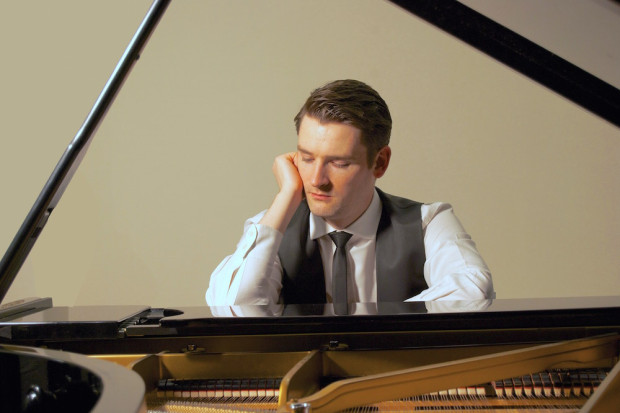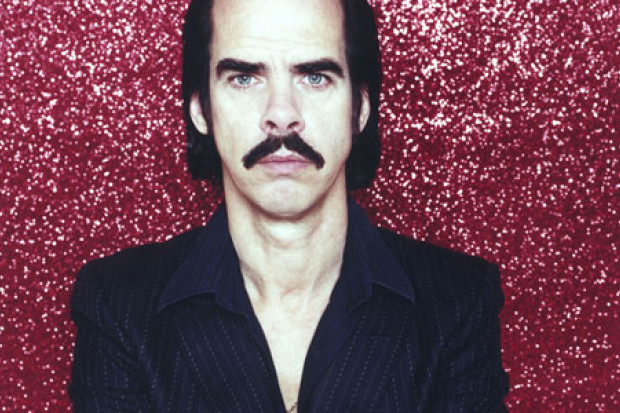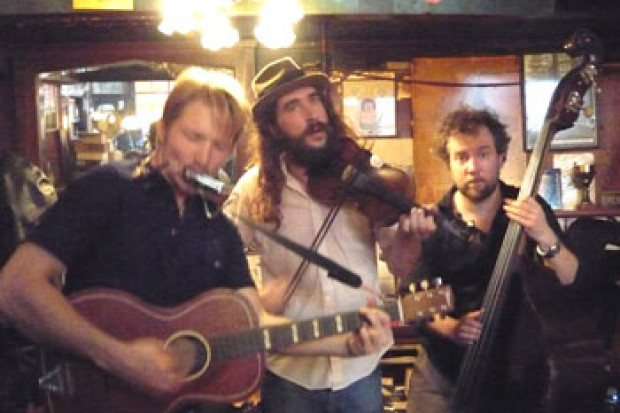Live Reviews: Ian Wilson – Winter Finding
Friday 16 September saw the world premier of Ian Wilson’s Winter Finding by the National Symphony Orchestra in their usual Friday night NCH slot, under the direction of Gerhard Markson. The performance had been postponed from earlier in the year due to the conductor’s ill health.
The piece is a striking addition to Wilson’s already copious orchestral output and has a circuitous provenance. Commissioned by RTÉ, the composer set himself an ambitious task, in what he calls a ‘journey’ work, ‘to explore the universality of human experience filtered through the prism of the natural world.’ Wilson decided to set the four-canvas polyptych, Quattro Stagioni by the American–Italian painter Cy Twombly as the inspiration for his commission. But wishing to distance himself musically from the paintings, he in turn commissioned his long-time collaborator, the English poet Lavinia Greenlaw, to write four short poems on the turning of the year. (Dublin audiences may remember her libretto for Wilson’s opera Hamelin (2003).)
The title of the composition is the same as the collective title for Greenlaw’s four season-inspired poems and, like Greenlaw, Wilson’s work begins in wintertime. While Wilson states that the four poems form the structural basis of the work, the surface texture – his bright, clean orchestral sound, punctuated with splashes of colour – owes at least as much to Twombly’s paintings as to Greenlaw’s text.
Also, like the four-canvas polyptych, Winter Finding is set in a clearly sectional but single movement form. Each section presents a different range of colours and blendings, usually described by the broad expanses of sustained, semi-static chords or glissandi-motivated, sequence-like structures in the strings, contrasted with rhythmic interjections from the trombone, oboe and flute in turn. Each tableau being demarked by the unambiguous punctuation from the three percussionists.
For the most part the strings remain in a comfortable range, at the service of a restrained harmonic language which nonetheless makes purposeful use of voicing and tessitura. However, I’m not convinced that the acoustics of the NCH are particularly kind to orchestral techniques which make particular use of colour blendings. Nonetheless, Wilson’s reputation for technical resourcefulness is evidenced in his efficient use of material, and well-measured sense of pace. Of course, beginning the form in winter allows the composer to provide a hope-inspired ending in spring, which Wilson does with a sudden and brief acceleration.
Winter Finding was programmed to be followed by Saint-Saëns’s Violin Concerto No. 3 and, after the interval, Berlioz’s Les Troyens. While I can’t say that Wilson’s piece suffered from this juxtaposition, it seems curious that an RTÉ orchestral commission in the twenty-first century would be programmed in these surroundings.
Published on 1 November 2005














